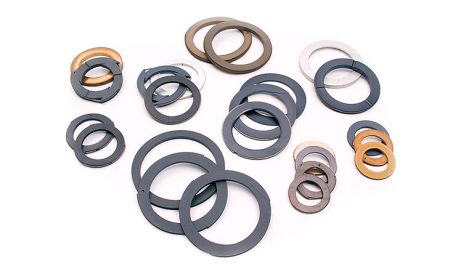What is a Material Handling Equipment System? Put simply, it is a system that helps you move materials from one place to another within your facility. A well-designed Material handling system can increase efficiency and productivity while decreasing costs.
In this blog post, we will dive deeper into what MHE systems are, why they are important, and how to come up with Material Handling Equipment Systems Design that fits the specific needs of your business.
Importance of material handling systems
MHE systems play a vital role in many businesses, including manufacturing and logistics. They can help streamline operations and increase productivity by reducing the time and effort needed to move materials from one point to another. Additionally, MHE systems can help reduce or eliminate injuries caused by manual handling of materials. In fact, the Occupational Safety and Health Administration (OSHA) estimates that properly designed MHE systems have the potential to reduce the rate of musculoskeletal disorders (MSDs) by up to 80%.
Designing an MHE System
As mentioned above, If you’re in the business of moving materials, then you need to know about material handling equipment systems (MHES). MHES are an important part of keeping your business running smoothly and efficiently. In this blog post, we’ll take a look at what MHES are and why they’re so important.
MHES includes any kind of equipment or system that is used for handling materials. This can include everything from conveyor belts to storage racks to cranes. Basically, if it helps you move your materials from one place to another, then it’s part of MHES
Why is Material Handling Equipment Systems Important?
MHES plays a vital role in keeping your business running smoothly and efficiently. If you don’t have a good MHES in place, then your business will likely suffer from a number of problems, including:
- Inefficiency – Without a good MHES, your workers will likely waste a lot of time walking back and forth or waiting for materials to be delivered to them. This will lead to lower productivity and higher labor costs.
- Accidents – If your workers have to handle materials manually, then there’s a greater risk of accidents occurring. This could lead to injuries, workers’ compensation claims, and other problems.
- Damage – There’s also a greater risk of damage to your materials if they’re not being handled properly. This could lead to higher replacement costs and lost revenue.
In short, having a good MHES is essential for any business that relies on the movement of materials.
How to design Material Handling Equipment Systems that fit the needs of your business
When designing a MHES, it’s important to consider the specific needs of your business. Some things you may want to consider include:
- The type of materials you need to move – Different types of materials will require different kinds of equipment. For example, if you need to move heavy loads, then you may need to invest in cranes or forklifts.
- The size of your facility – The size of your facility will dictate the kind of equipment you can use as well as the layout of your system.
- The capacity you need – You also need to consider how much capacity you need in order to meet the needs of your business now and in the future.
Once you have a good understanding of your needs, you can start shopping for material handling equipment that will fit those needs. Be sure to compare prices and features before making a final decision. You may also want to consult with an experienced MHES provider so you can get expert advice on designing the ideal system for your business.
Conclusion:
Material handling equipment is any type of equipment that is used to move materials from one place to another. This can include everything from pallet jacks and hand trucks to cranes and conveyor belts. Pretty much any type of machines or apparatus that you use to move materials around can be classified as material handling equipment.
If you own or operate a business, it’s important that you have a well-designed material handling equipment system in place. Material handling equipment can help to improve productivity and efficiency while also reducing the chances of workplace injuries. When designing a system for your business, there are a few things that you will need to take into consideration, such as the specific needs of your business, the amount of space you have to work with, and your budget. By taking these factors into account, you will be able to choose the material handling equipment that is right for your business.





